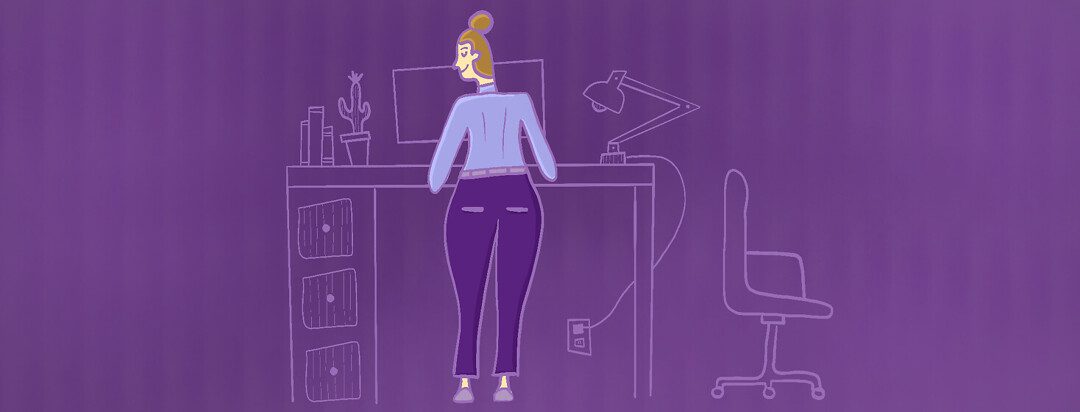Staying Busy, Not Bored
Sometimes I’m busy and it is when I am most busy that my restless legs syndrome gets bored.
Sometimes I’m bored and it is when I am most bored that my restless legs syndrome gets busy.
Keeping my body and mind active
Engaging the body and/or the mind in some kind of activity has a noticeable effect on my restless legs syndrome (RLS). The most obvious way is in the car. I can drive for hours on end without symptoms, but put me in the passenger seat for 15 minutes and I’m fidgeting like a 4-year-old.
When I wander around during the day, doing all the things that keep us twenty-first-century folks busy, I don’t notice the RLS.
Distractions welcome
I also find mental engagement helps with distraction. When I’m sitting at my desk, or curled up reading a book, or stretched out on my couch watching television, my mind is busy and while my legs definitely jiggle away, they don’t bother me so much.
I find physical activity not only distracts me from RLS but it often stops it altogether. Only for the time that I’m active, but still – that reprieve is most welcome.
When being sedentary is unavoidable
My work is very sedentary – which is unfortunate on a lot of levels. A sedentary lifestyle is associated with cardiovascular disease, type 2 diabetes, obesity, depression, some cancers, and even premature death. Being inactive reduces metabolism and impacts blood sugar levels, blood pressure, and the body’s ability to break down fat.1
It’s not in my vested interest to sit on my butt all day, staring at a screen. But for the purposes of my work, it is often necessary.
How much physical activity do we need?
Apparently, we should all be doing at least 150 minutes of moderate-intensity physical activity every week.2
To be honest, that doesn’t sound like a lot to me – 30 minutes a day, 5 days a week. I think a lot of us feel we need to be jogging or down at the gym to do 30 minutes of exercise.
But walking the dog and vacuuming and even sex are all moderately intense physical activities. Anything that gets the heart rate up a little.
How I add more activity into my routine
I do get my 150 minutes of activity a week, but that still leaves 930 minutes per week sitting or lying. It has become important for my physical and psychological well-being to actively spend a lot more time standing and walking.
I have moved my laptop to a standing desk and it’s making a huge difference to my RLS. It’s not a moderate-intensity exercise but it’s also not sedentary. I find when I need to think a little that I wander around for a few moments. I sometimes work while my music plays.
I’m currently crafting words while Ava Max sings in the background. I’m getting a little bop on as I go along. If I was seated at my desk, I’d be jiggling my legs in frustration while feeling like I’m getting bedsores on my butt.
Reaping the benefits of physical activity
Increasing physical activity not only relieves my RLS for a short period of time but has the flow-on benefits we all know are attributed to a more active lifestyle. I can’t change the work I do (well, I could, but I’m not going to), so most of my day is still spent in front of some kind of screen. But I can decrease the amount of time I spend sitting down.
Engaging my body as much as possible
During the day, I am learning to engage my body as much as possible in activities – even just standing or walking for as long as possible. It all alleviates the symptoms.
And when physical activity isn’t an option – or I’m just all worn out – then distracting my mind makes a big difference. Intelligent conversation, puzzles, or reading, even particularly engaging television, can be sufficient to alleviate my symptoms for a while.
Whenever possible, I now try and keep my mind and body busy, because when they’re bored, the jiggling makes a rapid comeback.

Join the conversation